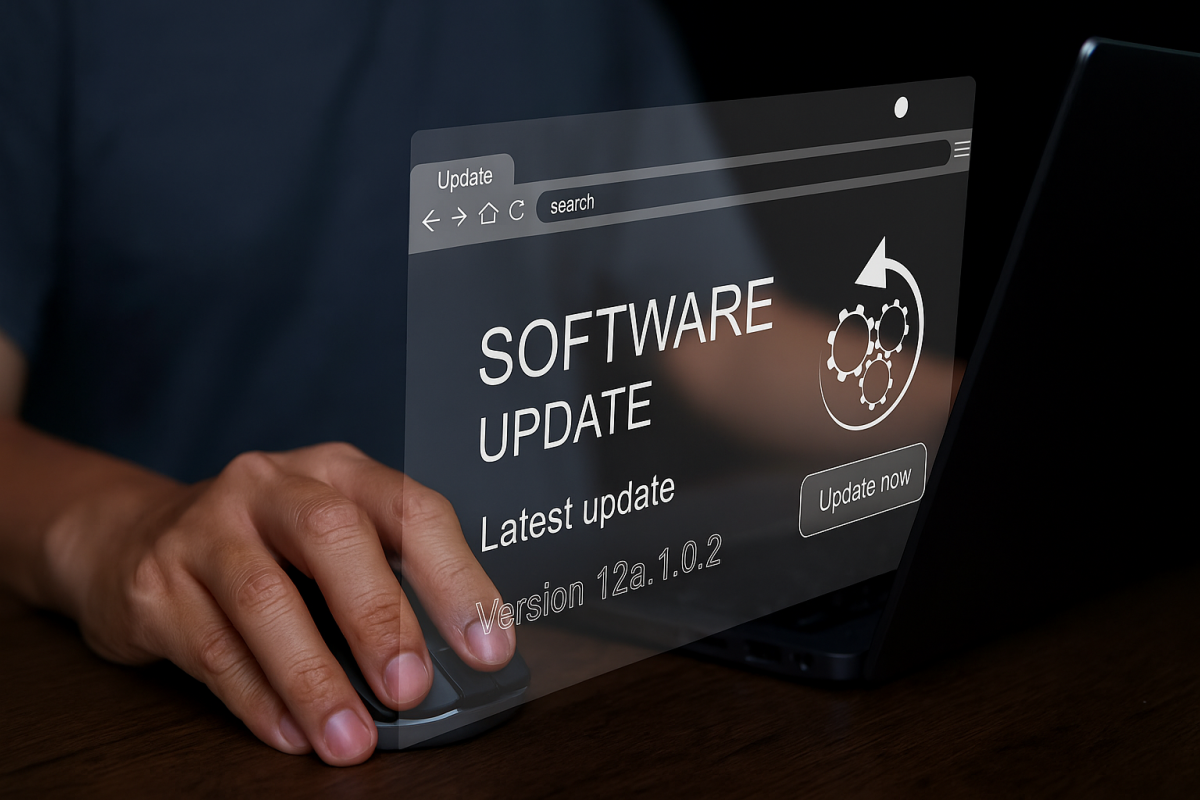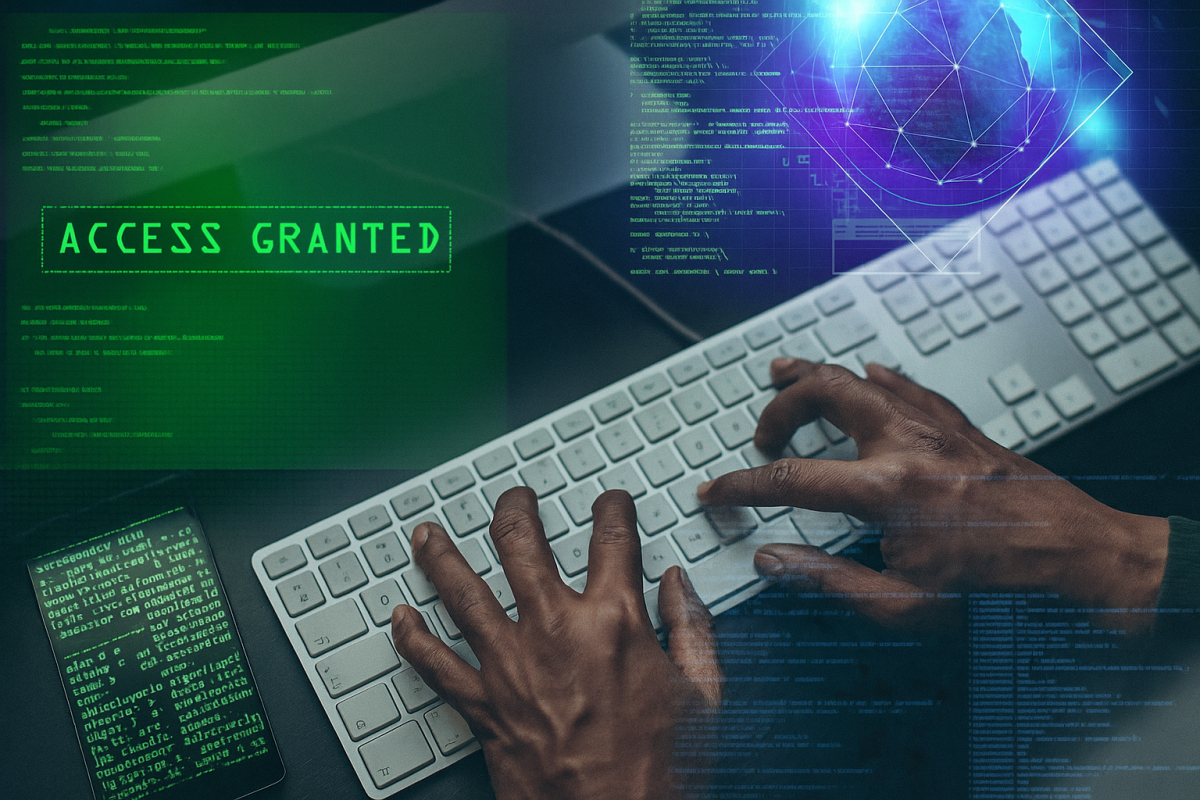

Out With the Old: Managing the Shift Away from Legacy Systems
Change is scary. But when it comes to securing the longevity of your business’s cybersecurity and general tech functions, it’s necessary. This is especially the case if your company is running on legacy systems: software and hardware that is outdated but still in use.
Using legacy systems is risky business. Servers are put in a particularly vulnerable position to be hacked by cybercriminals when they operate on outdated tech. Healthcare institutions have seen increased rates of cyberattacks over the past few years, with one major cause being the use of software only compatible with older hardware models.
You may be considering moving away from legacy systems in your SMB. Fortunately, shifting away from outdated tech is easy when you understand the associated risks and how easy the transfer can be.
Why Would Someone Continue to Use a Legacy System?
There are many reasons why legacy systems are still used, despite the risks associated with doing so.
Transferring data from an outdated drive to a modern server is a lengthy process that some businesses cannot afford to go through, especially if it disrupts regular operations. The learning curve of adapting to a modern system may also dissuade decision-makers from moving away from legacy systems, as that’s an additional time cost they may not be willing to invest in.
Legacy systems can be outdated while remaining functional, and some want to stick with that familiarity. Decision makers may opt to stick with what’s proven to work for them, despite the associated risk.
What Are the Risks of Using a Legacy System?
When Windows, Mac, and Linux roll out new versions of their operating systems, they begin phasing out support for previous versions until it reaches its “end-of-life”. This means that, over time, users will be unable to install new updates unless they upgrade to the newest version. In some instances, investing in new hardware is necessary to do this.
Installing updates is one of the easiest things someone can do to keep their tech safe from malicious invaders. Updates come with patches that fix security flaws from previous versions, remedy annoying bugs, and keep things running smoothly and speedy.
Additionally, cybersecurity tools used by IT support teams require businesses to keep up to date with tech that adheres to modern standards. If your cybersecurity team is unable to integrate 2FA, monitoring, or even a ticketing system, then your business is even more at risk of falling victim to a cyberattack.
How Should I Go About Transferring to a Modern System?
Before making any decisions around modernizing your systems, meet with your IT provider. They can consult you on the best course of action for your business.
In case anything goes wrong during the migration, you will want to ensure you have a backup of all your company’s data. Ensuring the new systems you want to integrate support the tools your business operates with is also an essential step to take before updating.
Consider doing gradual integration. Rather than upgrading all tech at once, only upgrade what needs immediate remediation, slowly ticking off the list of legacy systems that need to be replaced. This helps you avoid downtime due to updates in the office, gives your staff time to learn the new software, and allows your IT team to ensure all data properly transfers to the new system.
Updating your business’s tech is daunting, yet possible. Having reliable IT support helps the process go smoothly. Finding a provider that will work with you and not try to push unnecessary upgrades on you, as well as one that will help your team adapt to new technology, will ease the pains that come with managing the shift away from legacy systems.
LeadingIT is a cyber-resilient technology and cybersecurity support provider. With our concierge support model, we provide customized solutions to meet the unique needs of nonprofits, schools, manufacturers, accounting firms, government agencies, and law offices with 20-200 employees in the Chicagoland area. Our team of experts solves the unsolvable while helping our clients leverage technology to achieve their business goals, ensuring the highest level of security and reliability.


